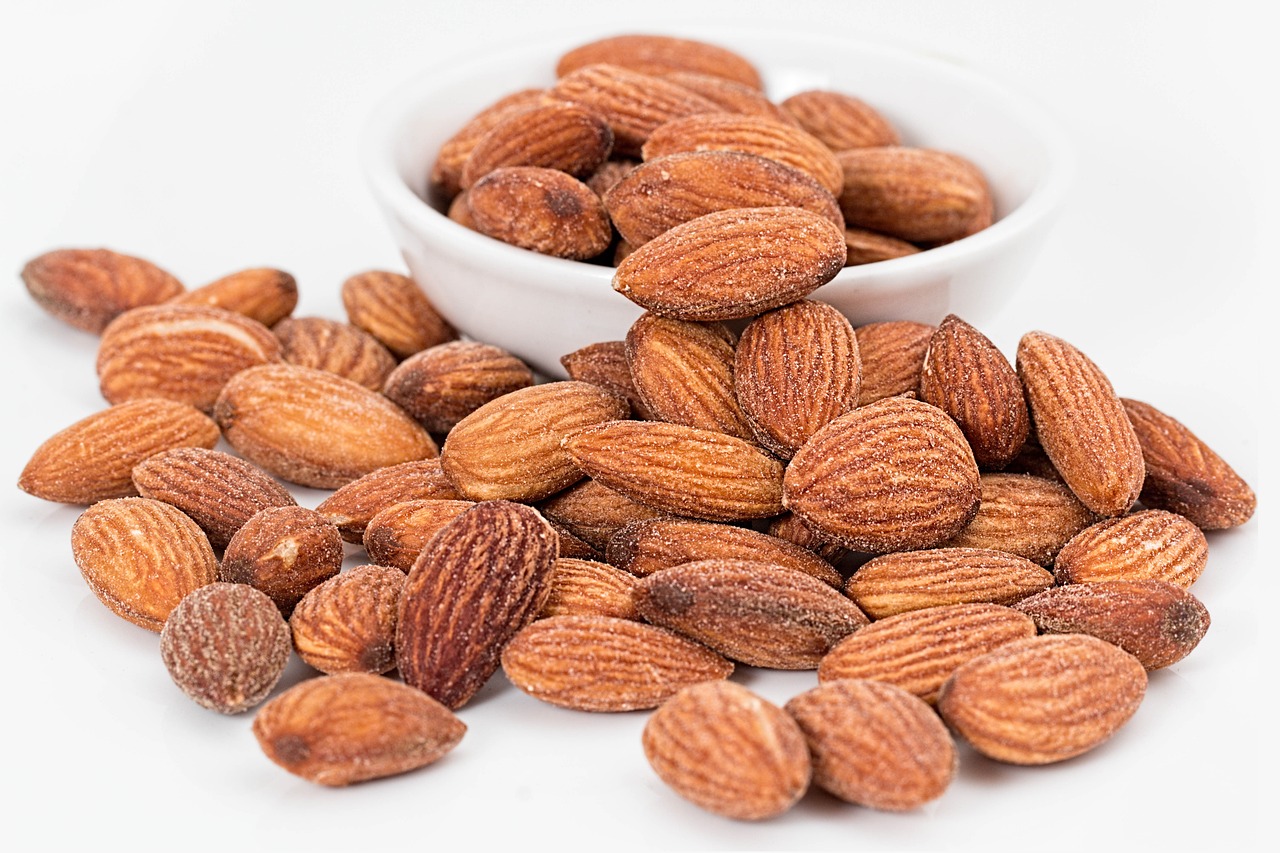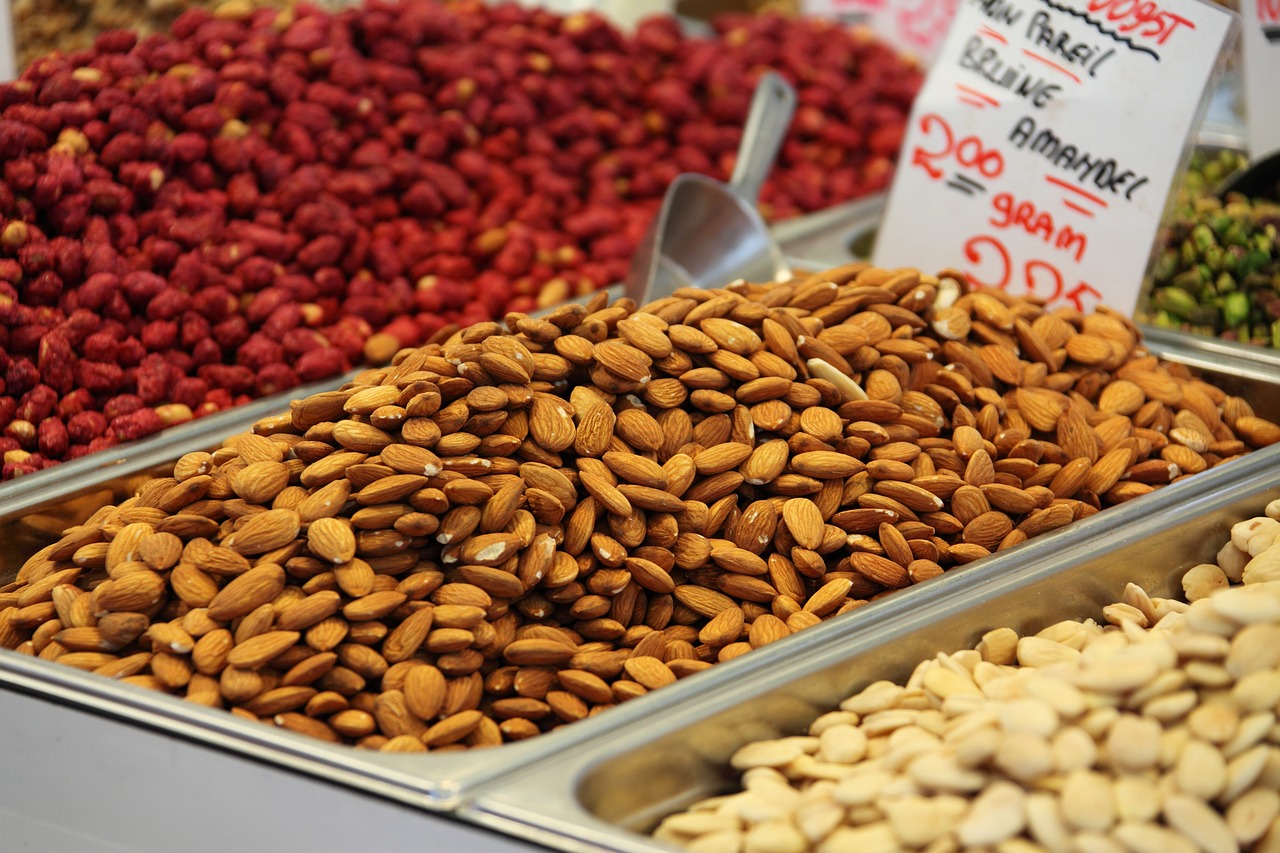The ginkgo tree is tall and straight, with fan-shaped leaves, elegant leaf shape and long life span, and is listed as one of the four long-lived ornamental tree species in China. Every autumn and October, endless layers of ginkgo biloba, walk among them, light and shadow dappled, very beautiful. In addition to the golden ginkgo biloba leaves floating down the street with the wind, a large number of ginkgo nuts will soon be ripe, and some people will take a bag to pick up the fallen ginkgo nuts.
But it is worth noting that the ginkgo fruit has a certain degree of toxicity, consumption must be careful.
What is Ginkgo Biloba?
The ginkgo biloba fruit is commonly known as the white fruit, which consists of a fleshy outer testa, a bony middle testa, a membranous inner testa, and a seed kernel. The ginkgo biloba fruit is oval or spherical in shape, with a yellow outer seed coat when ripe, and naturally falls off the tree as the fall wind blows. The outer seed coat is peeled off to obtain the hard ginkgo seeds, which are often referred to as white fruits. Sun-dried white fruit shell is silver-white, remove this layer of hard shell, get silver or light brown coating wrapped by the white fruit kernel, blanching water to remove the coating is the white fruit kernel, white fruit kernel from the split, inside the core is the germ of the white fruit, the remaining part of the endosperm is called the white fruit is the main edible parts. Fresh white fruit kernel color green as emerald, after cooking for light yellow or light green, there is a slight bitter taste, eat while hot, soft and delicious.
The dried white fruit kernel contains about 60%-70% starch, 13% protein and 3% fat, as well as micro-nutrients, such as sterols, vitamins, riboflavin, trace elements and inorganic salts. In addition, white fruit contains ginkgolides and ginkgo flavonoids, which are active ingredients unique to ginkgo, and are beneficial to improving cardiovascular function when consumed in moderation.
Ginkgo nuts are poisonous?
According to the pharmacopoeia records, the white fruit has astringent lung asthma, stop band, shrink urine effect, for the treatment of phlegm cough asthma, band under the white turbidity, urinary frequency, etc., the pharmacopoeia dosage of 5-10 g. But it should be noted that the white fruit contains ginkgolanic acid, ginkgolanic acid, ginkgolanic acid toxin, hydrocyanic acid and sensitizing proteins and other toxic ingredients, in particular, the embryo of the white fruit, contains the majority of white fruit kernel hydrocyanic acid, ginkgolic acid, ginkgo toxin and a small portion of ginkgolanic acid, white fruit kernel, the highest content of toxic components in the part. The germ of white fruit, in particular, contains the majority of hydrocyanic acid, ginkgolic acid and a small portion of ginkgotoxin in white fruit kernel, is the part of white fruit kernel with the highest content of toxic ingredients. Ginkgotoxins and sensitizing proteins, mainly in the edible endosperm. Ginkgotoxin is the main toxic substance causing acute poisoning of white fruit. White fruit poisoning mostly occurs within 3-4 hours after consumption, the symptoms of fever, vomiting, abdominal pain, diarrhea, convulsions, respiratory distress, severe cases can be due to respiratory failure and death, and a few people manifested as sensory disorders, paralysis of the lower limbs. After consuming white fruits, once the symptoms of poisoning appear, immediately induce vomiting and seek medical attention.
And public green belts in the ginkgo trees and orchards are very different, the roadside ginkgo trees are mainly used for urban greening and dust stagnation, greening maintenance will also be sprayed with pesticides, pesticide residues are inevitable, so that even less food or medicinal value.
Scientific consumption of ginkgo nuts
Ginkgo nuts are loved by many people in life, rich in branched-chain starch, flavorful, pliable and slippery, fragrant and delicious, often processed and made into delicious delicacies, but ginkgo nuts contain certain toxic ingredients, so when consumed, the first thing to do is to remove the toxic parts. Shelled white fruit purchased on the market, to first peel off the hard shell, boiling water for 10 minutes to remove the coat membrane, draw off the germ before cooking. If you are picking up the ginkgo nuts, because the ginkgo fruit flesh outside the seed coat in the ginkgolic acid content is high, will produce corrosion of the skin, you can pick the ginkgo nuts soaked in water for a period of time, until the outside of the flesh completely decayed off, and then cleaned, sub-checked and dried.
Remember that ginkgo nuts should not be eaten raw, and should be cooked at high temperatures to remove the vast majority of toxic components in the white fruit, reduce allergenicity, and ensure the safety of consumption. In addition, to control the amount of consumption. Cooked ginkgo nuts should not be consumed in excess, it is recommended that adults to 10-20 appropriate, children do not exceed 5, infants and young children do not eat. Has sprouted ginkgo nuts can not be eaten, eat ginkgo nuts at the same time do not eat fish.
Ginkgo fruit practice varied, both directly after frying as a snack, you can also do congee, but also often as a dish in the auxiliary materials, whether it is roasted chicken or duck, to be the main ingredients are basically cooked, in the pot into the white fruit cooking, the fragrance of the white fruit to dissolve the meat of the greasiness of a few points, adsorbed on the fresh soup of the white fruit glutinous and tasty, the two complement each other, people’s appetites, such as the white fruit braised pork, chicken stewed with white fruit, gingko and white fruit sweet soup etc.


